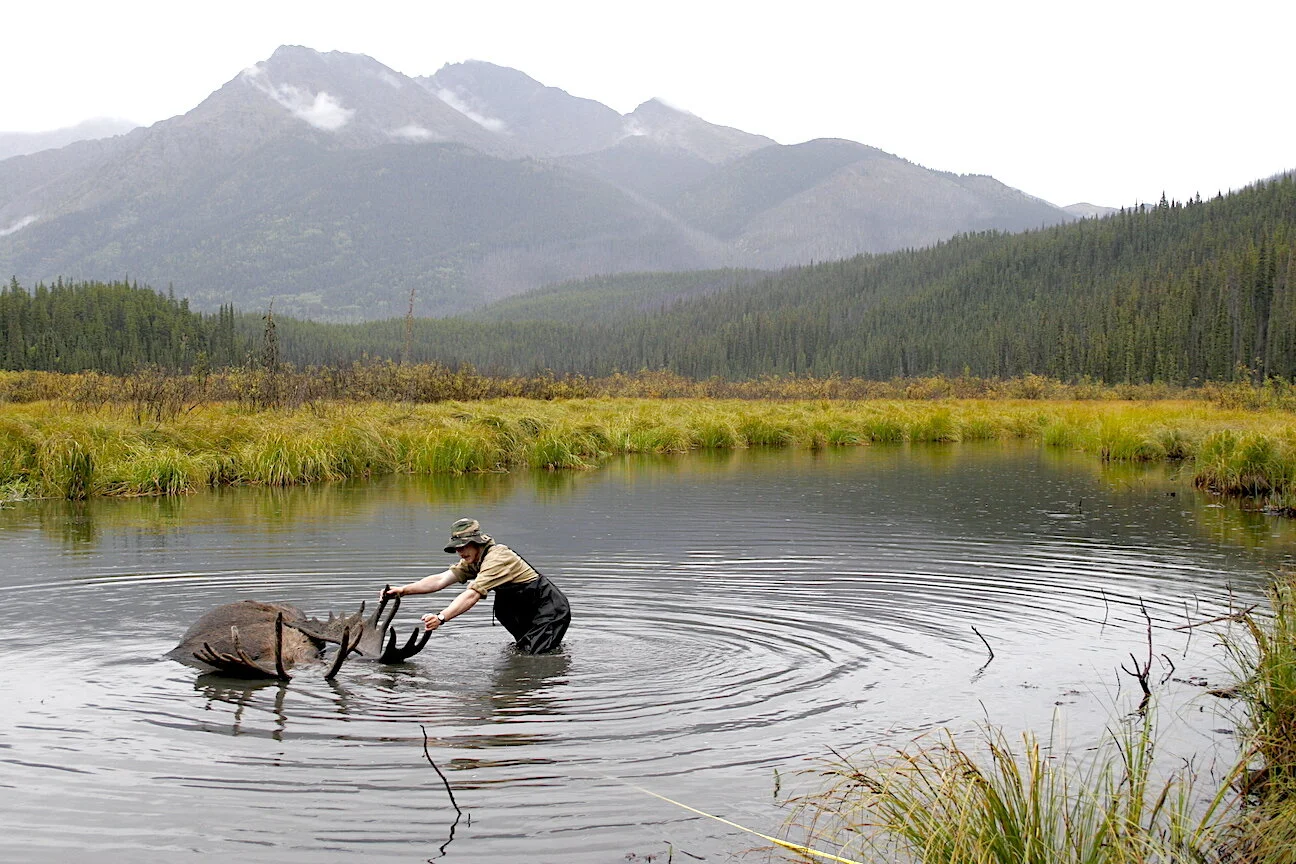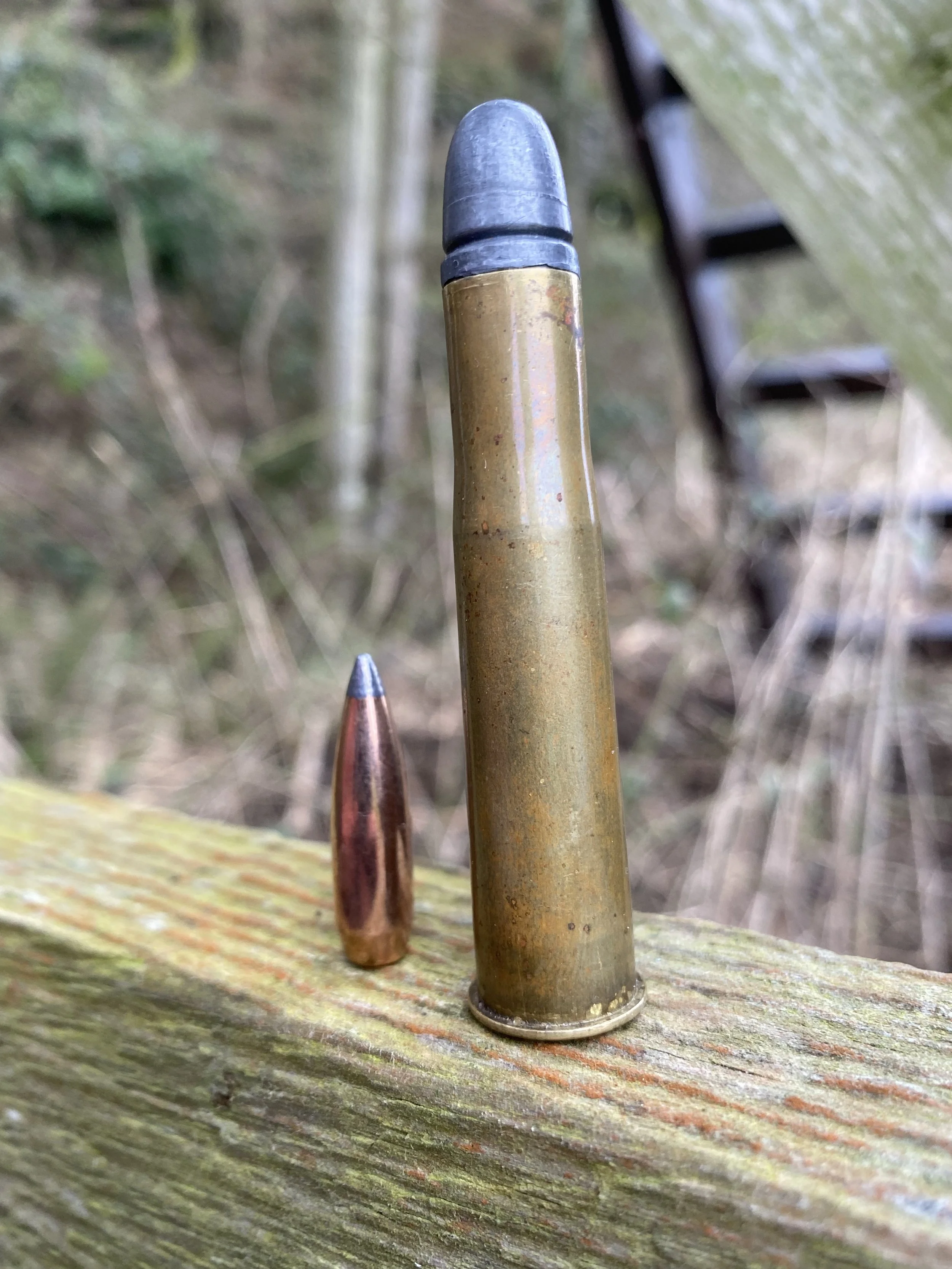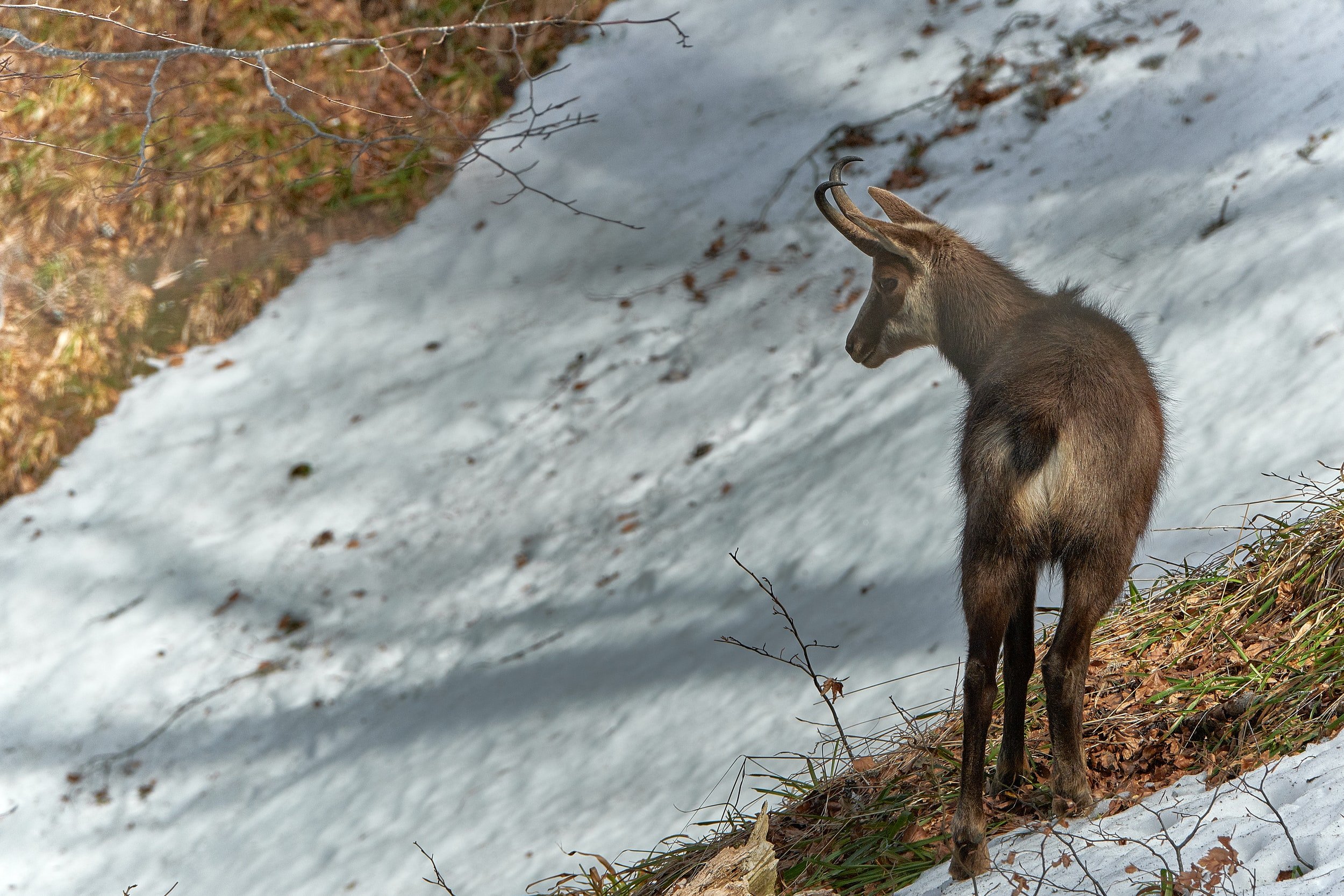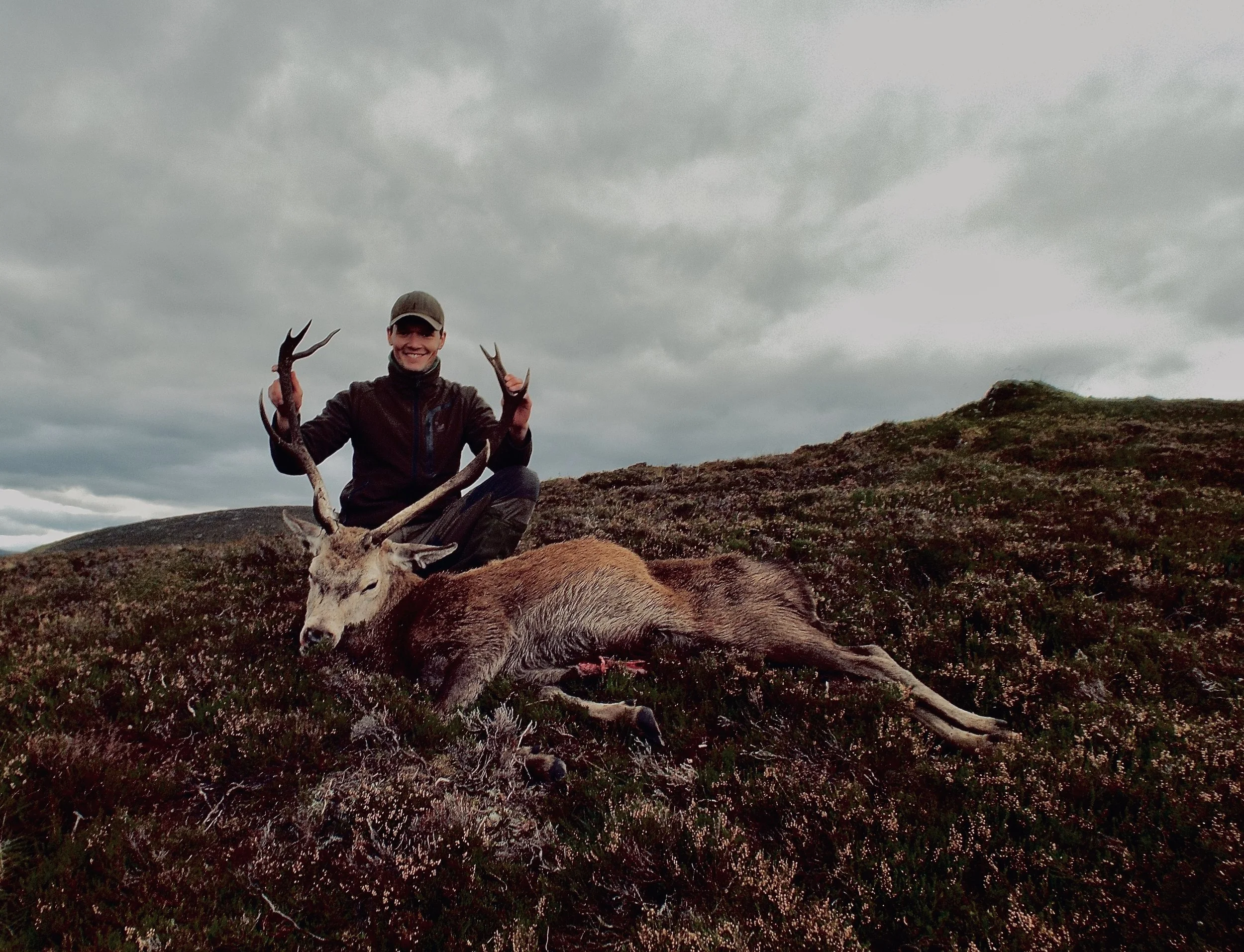Why I Like Autumn Tundra
The tundra in autumn is a super nova. It explodes with color, running riot across the staid greens of summer before succumbing to the imprisoning white of winter. Whether in the Alaska Range, as shown here, or just the gentle swells of the Canadian shield, tundra foliage refuses to go gentle into that goodnight; it flares, glares, blares and trumpets at the dying of the light. This vegetative farewell to Arctic summer is fleeting -- two weeks at most, three days of peak intensity if a hard frost doesn't kill the leaves or a two-foot snow bury them. Tundra in mid-September is New England in miniature, the trees as short as the duration of their display. The audience for this spectacle is usually small, too. A few photographers, a backpacker or two, a handful of Dall sheep hunters, a few Inuit families who still collect caribou, blueberries and char in the old way. Most of the polychromatic tundra extravaganza will be spread before grizzlies, moose, caribou, wolves and Arctic fox. Rock and willow ptarmigan forage among scarlet bearberry leaves. White-fronted geese wing past, their calls like young girls laughing. Golden eagles scan the rocks for marmots. As autumn blazes, little pikas will add a few final mouthfulls of hay to their drying stacks, and sharp-shinned hawks will chase tree sparrows through the yellow willows. And then a hard rain or snow and overnight the chromatic celebration will be extinguished for another year. But oh, to be there for that glorious burst of color. # # #













